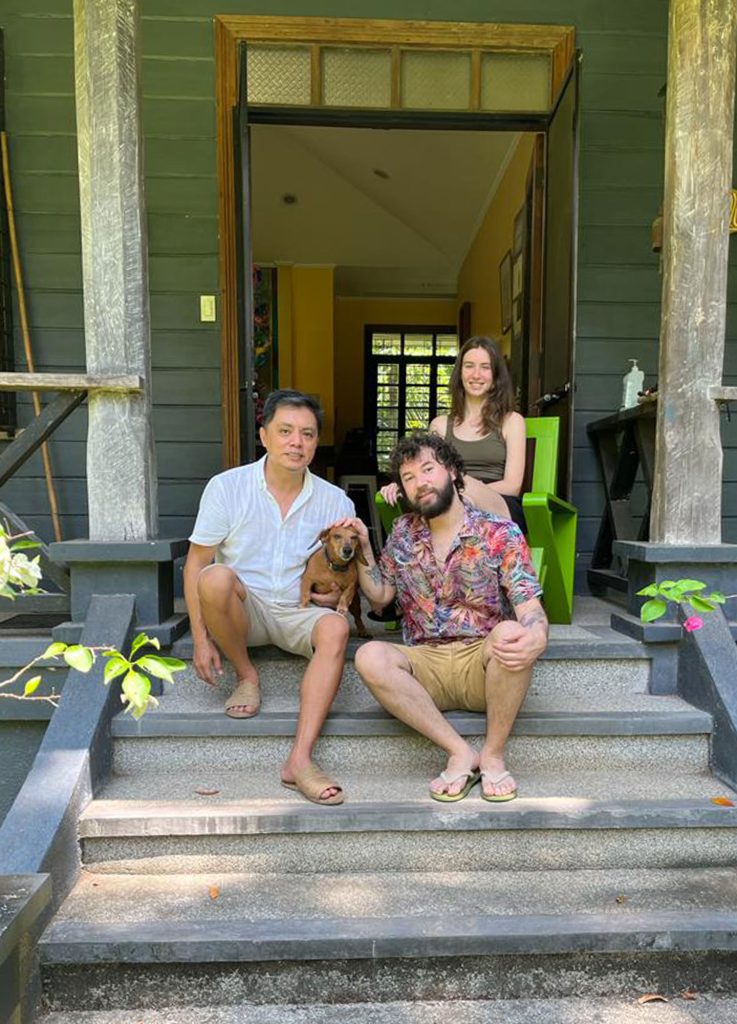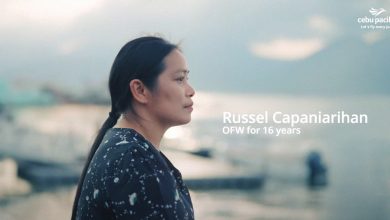TALISAY CITY, PHILIPPINES — ABungalow artists’ foundation presents “Echoes of the jungle’s sweet surrender,” the end-of-residency exhibition by Pablo Bermudez, curated by Alessia Terzaghi.
Nature, observed closely, with its forms and extraordinary peculiarity manifests in its details a mystical presence, and only art is able to capture this truth in natural things. Pablo’s works represent a state of contemplation of nature that puts humans in tune with the world, thus achieving a collective consciousness as a unique form of life: a nirvana, an idyllic garden where nature and humans coexist harmoniously; where there is not even a division between organic and inorganic matter, one serves the existence of the other.
The seemingly abstract works consist of a naive creative act, photography is undermined by abstract painting as a form of destruction and deconstruction of the real image.
Aggression to the tangible through a gestural act, almost a ritual by which the artist tries to free himself from the mass media image he has always resorted to in his research.
Liquefied nature engulfs the photographed subjects, creating a tangle of forms. Among the vivid colors, reddish masses are glimpsed, like agglomerates of living flesh not yet covered with skin because in this alchemical vessel imagined by the artist, there are no barriers of any kind. Formless beings float in natural space and are at one with it, immersed in the orgiastic and carnal pleasure of totality with the universe.
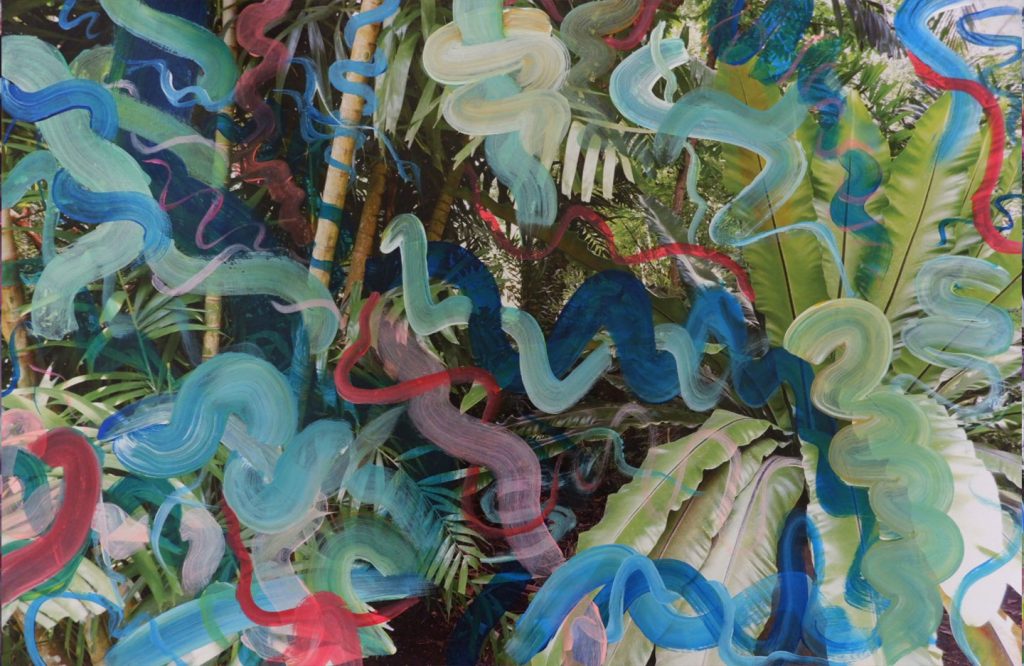
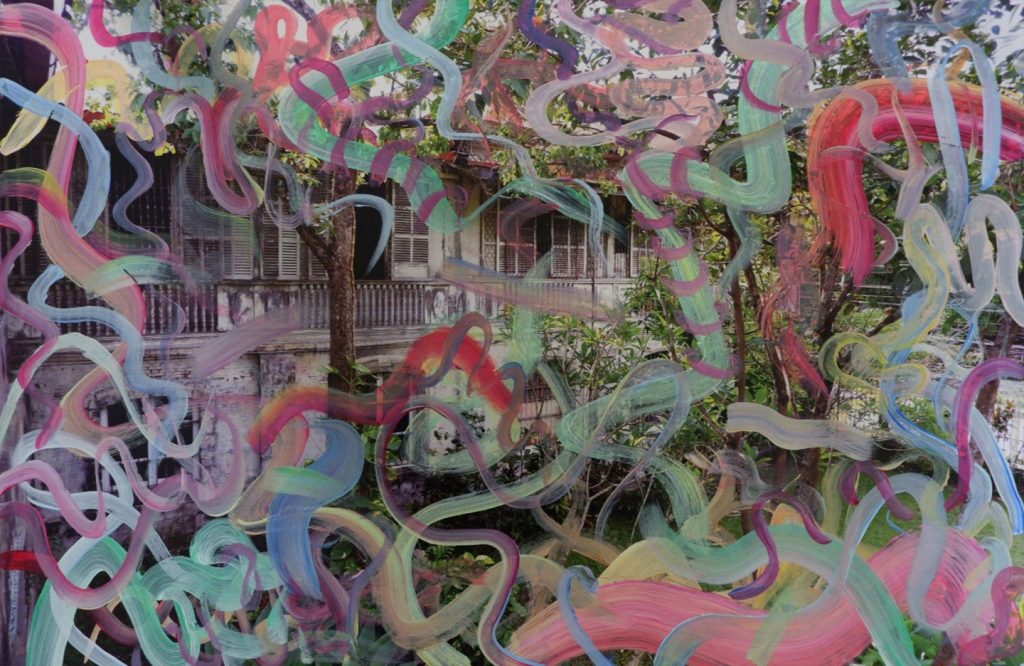
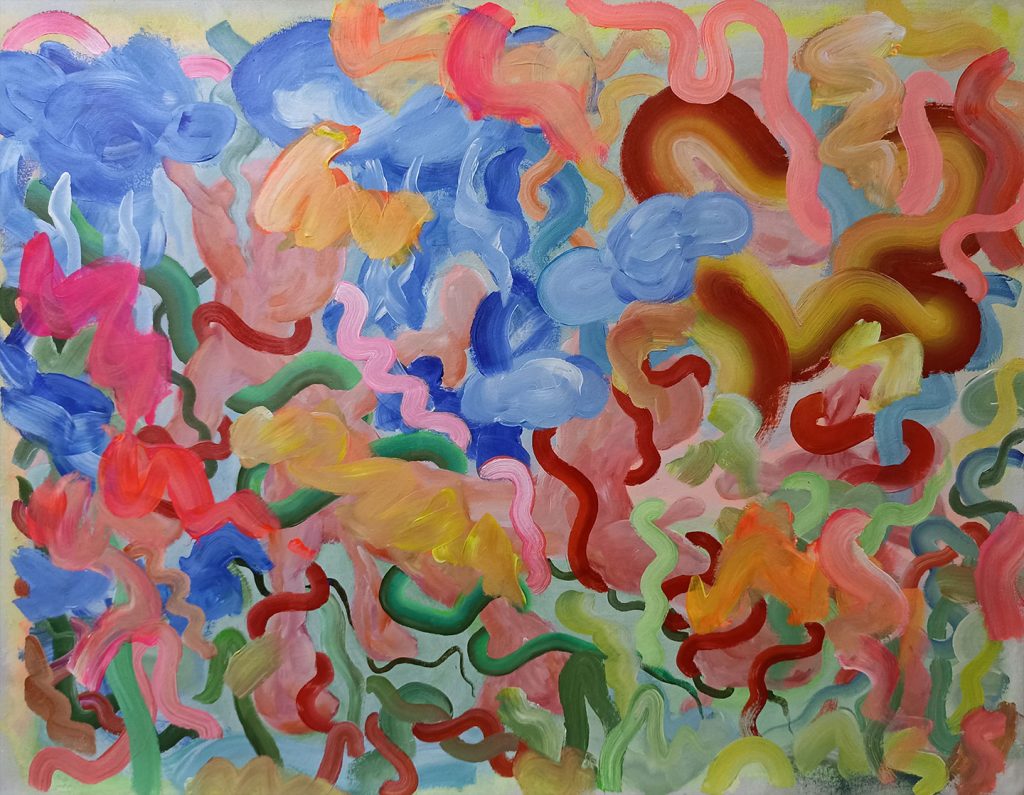
Natural forms have always been imitated by humans as they exert an attractive force on them. Similarly, the artist perceives this gravity toward nature and especially toward the jungle, which he experienced in Colombia, his native country, and which he will miss for much of his life; this lack will be partially filled in Negros, where the nature of both the jungle and the sugarcane crops are so similar to his place of origin that the connections between the two countries are evident.
In the photographic shots, we can see how the architecture of Balay ni Tana Dicang, by taking up the forms of nature, exists in a balanced way with and in it. Architecture becomes nature and architecture’s task is to oppose oblivion, mediating between past, present, and future. The house is the keeper of the memories of those who lived in it and contains all the objects that the inhabitants used and loved.
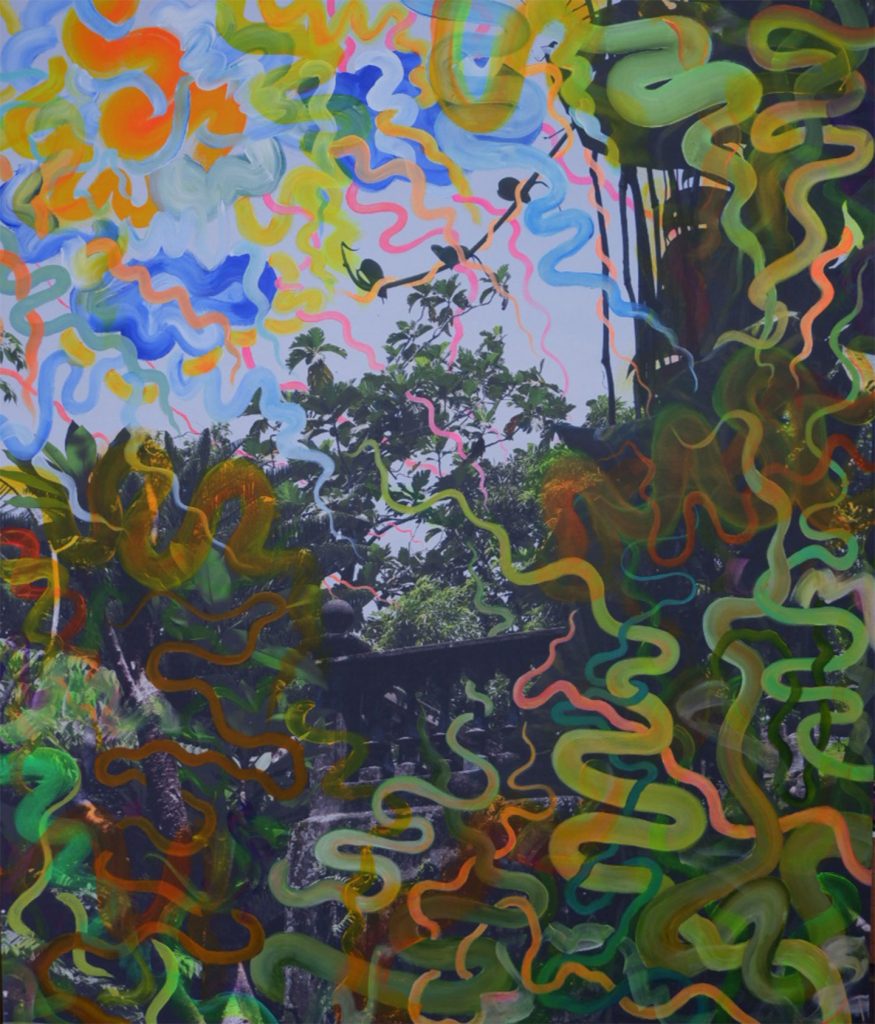
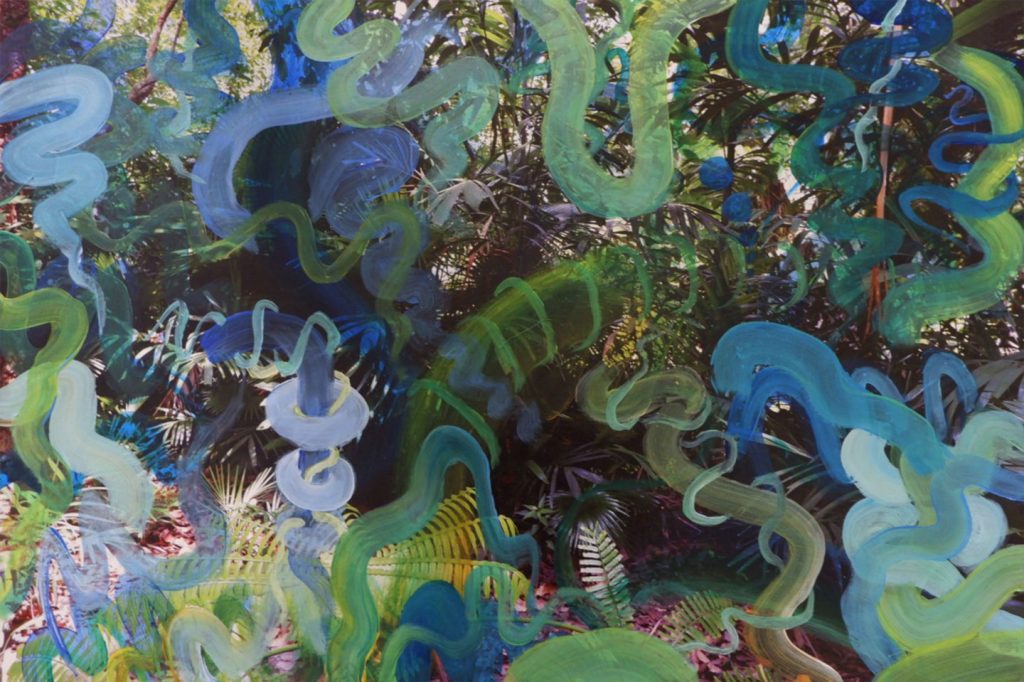
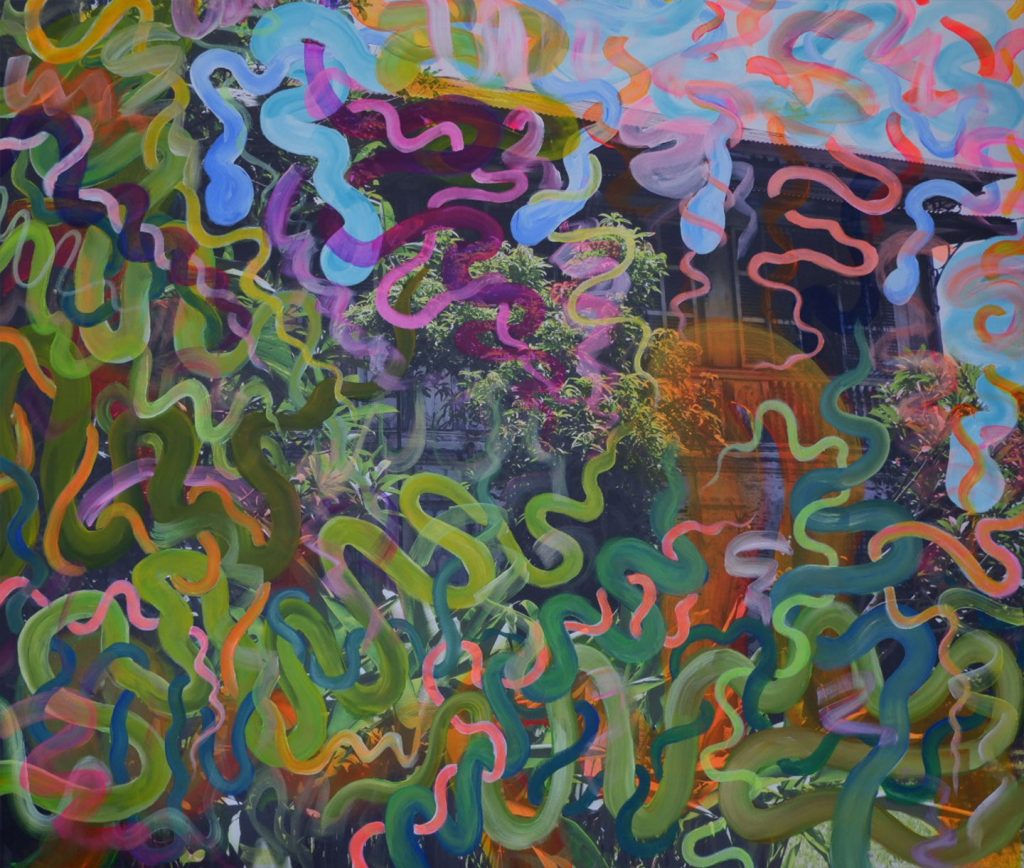
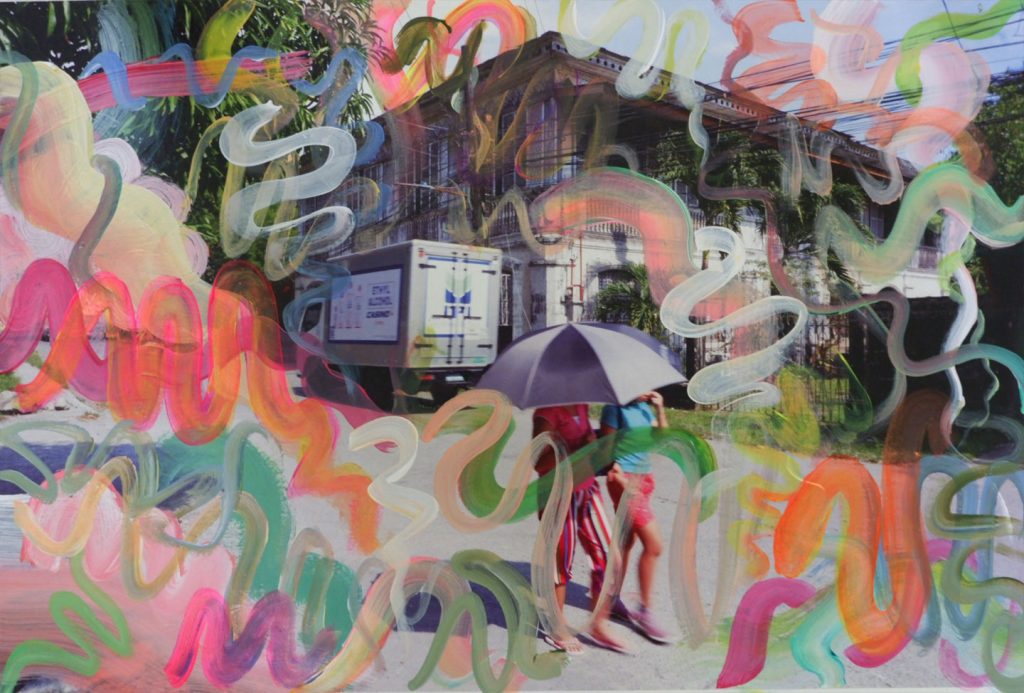
It is necessary to preserve what remains of the past as a precious legacy of previous centuries; nothing is built by man to be destroyed.
There is a fundamental relationship between nature and man’s work and between things and the memory of them; without architecture, we cannot remember the past. The works therefore can help us perceive the vastness of the ecological system of which we are a part, transcending anthropocentric boundaries to embrace a more interconnected vision of life on Earth.
Art becomes aware of the anthropocene and creates an emotional connection between people and the natural world, renewing a sense of wonder and respect for nature. Art challenges our perceptions, stimulates a dialogue creating awareness for a sustainable future of living in harmony.
